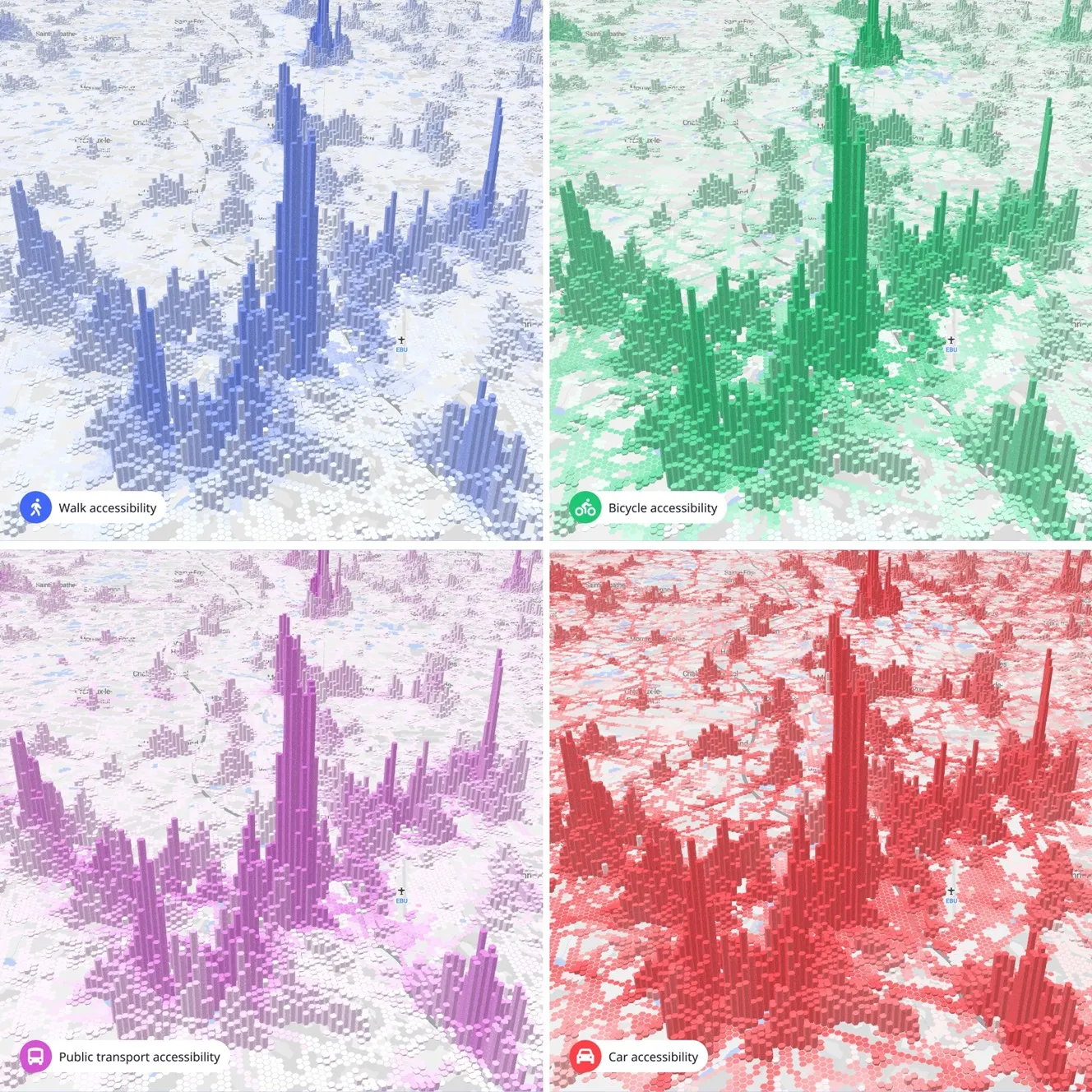
KiTraffic Digital uses only one cable per sensor - the same ethernet cable that transmits the digital signal from the WiM sensors also provides them with power, which simplifies installation and improves the overall robustness of the system.
"Reducing the hardware in a measuring chain reduces the likelihood of component failure or uncertainties," the manufacturer suggests.
Accuracy is +/- 2%, it adds. Kistler says the sensor used in KiTraffic Digital is new, and incorporates multiple quartz crystals which deliver data via a digital interface.
This allows for the individual calibration of each crystal, and means mechanical irregularities “therefore do not impact on the accuracy of the measurement”. The digital signal is also robust against noise interference - for example, from high voltage power lines - which allows for strong signal transmission.
The quartz WIM sensors are generally 'maintenance free' and algorithms calculate the wheel, axle and total weight of the vehicle.
Kistler is to present KiTraffic Digital at Intertraffic 2020 in Amsterdam - and is also offering a new service to customers, the Structural Road Analysis (SRA).
This aims to identify the ideal location for a planned WiM site on any given road, “improving measurement quality and ensuring the longest possible lifespan for the WiM installation”.
Kistler evaluates the geometry of the site and the road itself, and measures the road surface and deeper underground structure.
Road engineers consolidate and evaluate the data using simulation software to find the right location, and the firm says this information can also be taken into account to calibrate the KiTraffic Digital sensors more precisely.










